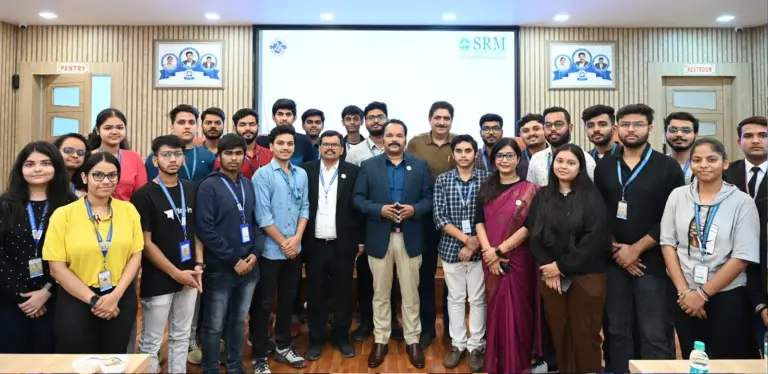Exploring the Benefits of Flipped Learning for Special Education Students
Flipped learning has gained popularity in recent years as an innovative approach to education that flips the traditional classroom model. In a flipped classroom, students learn new content at home through online videos and other resources, allowing for more interactive and personalized learning experiences in the classroom. This teaching method has shown numerous benefits for students in general, but what about for special education students? In this article, we will explore the advantages of flipped learning for special education students and how it can help them succeed academically and beyond.
Understanding Flipped Learning
Before diving into the benefits of flipped learning for special education students, let’s first understand what flipped learning is all about. In a traditional classroom setting, teachers present new content in class, and students are expected to complete practice exercises and homework assignments at home. Flipped learning reverses this model by having students learn new content at home through online videos, readings, or other materials. This allows students to engage with the material at their own pace and revisit concepts as needed before coming to class.
Benefits of Flipped Learning for Special Education Students
1. Personalized Learning
One of the key benefits of flipped learning for special education students is the ability to personalize their learning experience. Since students can access new content at home, they can learn at their own pace and focus on areas where they need more support. This personalized approach can help special education students feel more confident in their abilities and make learning more enjoyable.
2. Increased Engagement
Flipped learning can also increase engagement among special education students by providing them with more interactive and hands-on learning experiences in the classroom. Instead of sitting through lectures, students can participate in group activities, discussions, and hands-on projects that cater to their unique learning styles and abilities. This active engagement can help special education students stay motivated and interested in learning.
3. Improved Retention
By allowing special education students to review new content at their own pace, flipped learning can also improve retention of information. Instead of rushing through lessons in class, students can take their time to understand and internalize concepts before coming to class. This can help special education students retain information better and apply it to new situations, leading to enhanced academic performance and critical thinking skills.
4. Enhanced Communication
Flipped learning can promote enhanced communication between special education students and teachers. Since students have the opportunity to access new content at home, they can come to class with questions, comments, and ideas to discuss with their teachers and peers. This open communication can foster a positive and supportive learning environment for special education students, helping them feel more connected and valued in the classroom.
5. Increased Independence
Flipped learning can also promote increased independence among special education students by encouraging them to take ownership of their learning. With the ability to access new content at home, students can develop self-regulation skills, time management, and study habits that are essential for academic success. This increased independence can empower special education students to become more self-reliant and confident in their abilities.
6. Accessibility and Flexibility
Another benefit of flipped learning for special education students is the accessibility and flexibility it provides. Students can access new content at home using various devices, such as computers, tablets, or smartphones, making learning more convenient and accessible. This flexibility allows special education students to learn in a comfortable and familiar environment, which can reduce anxiety and stress associated with traditional classroom settings.
FAQs
Q: How can teachers implement flipped learning for special education students?
A: Teachers can implement flipped learning for special education students by creating and curating online resources, such as videos, readings, and interactive activities, that cater to diverse learning needs. They can also provide additional support and accommodations, such as extended deadlines or alternative assignments, to ensure that all students can access and engage with the material.
Q: What technology tools can support flipped learning for special education students?
A: Technology tools, such as learning management systems, video conferencing platforms, and assistive technology devices, can support flipped learning for special education students. These tools can help students access and interact with new content, collaborate with peers, and communicate with teachers in a virtual or remote learning environment.
Q: How can flipped learning benefit special education students in remote or hybrid learning environments?
A: Flipped learning can benefit special education students in remote or hybrid learning environments by providing them with more flexibility, personalized support, and interactive learning experiences. Since students can access new content at home, they can engage with the material at their own pace and receive additional support from teachers and peers through online communication tools and virtual sessions.
Overall, flipped learning has the potential to transform the educational experience for special education students by providing them with personalized, engaging, and accessible learning opportunities. By leveraging the benefits of flipped learning, teachers can help special education students succeed academically and develop the skills they need to thrive in school and beyond.







